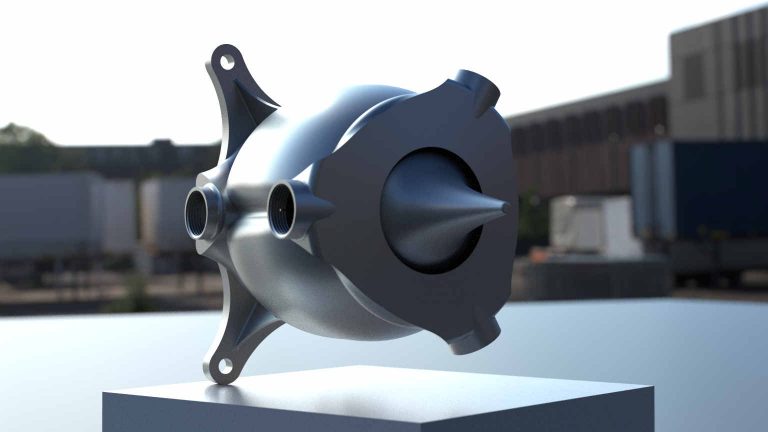
Engineers at Monash University in Australia have test fired a rocket they designed and printed using 3D printing technology.
The new rocket engine is a multi-chamber ‘aerospike’ design which, its makers say, turns the traditional engine shape inside out.
‘Traditional bell-shaped rockets, as seen on the Space Shuttle, work at peak efficiency at ground level,’ said Marten Jurg, an engineer with Amaero, a start-up company which designed the rocket. ‘As they climb the flame spreads out reducing thrust.
According to Jung, the ‘aerospike’ helps maintains rocket efficiency better than this traditional design but is hard to build using established technology. ‘Using additive manufacturing we can create complex designs, print them, test them, tweak them, and reprint them in days instead of months,’ he said.
Complex equipment
‘We were able to focus on the features that boost the engine’s performance, including the nozzle geometry and the embedded cooling network,’ said Graham Bell, project leader. ‘These are normally balanced against the need to consider how on earth someone is going to manufacture such a complex piece of equipment. Not so with additive manufacturing.’
Previously, Monash University researchers and their partners were reportedly the first in the world to print a jet engine, based on an existing engine design. The engineers have now created a new venture, NextAero, to develop the technology.
This story is reprinted from material from Monash, with editorial changes made by Materials Today. The views expressed in this article do not necessarily represent those of Elsevier.
